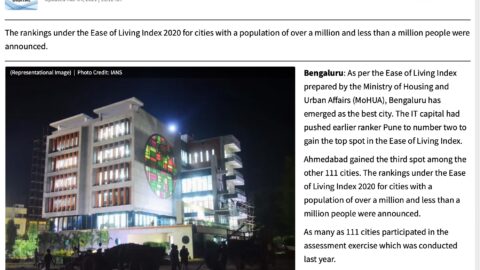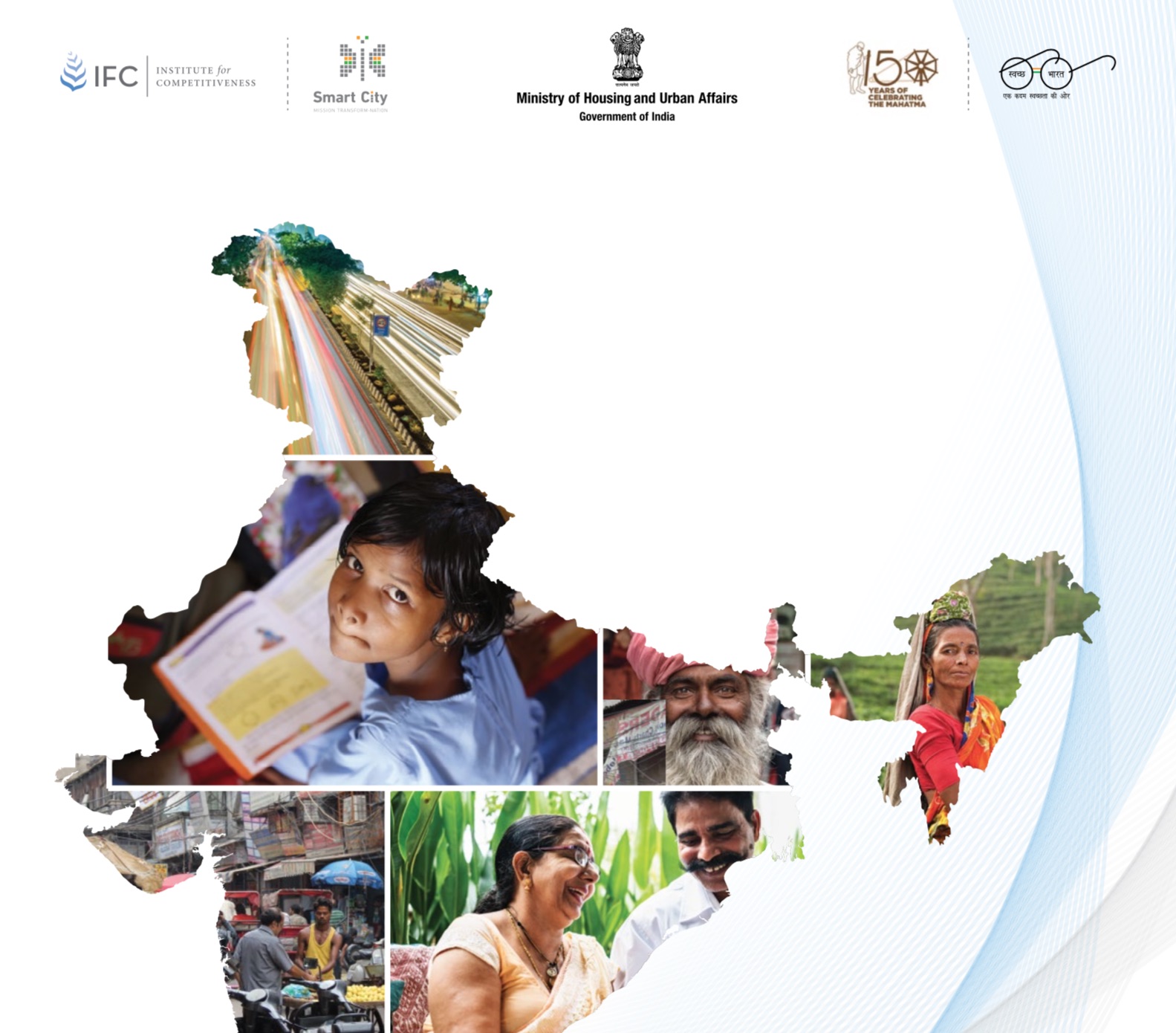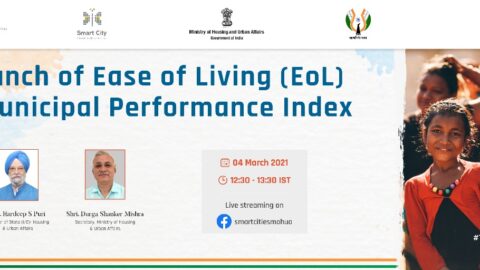Mission Director, Smart Cities Mission, Ministry of Housing and Urban Affairs
India’s journey as a young, vibrant nation has been full of successes, with accomplishments in sciences, defence, arts, culture and welfare. With recent efforts to push for sustainable growth and development that bolster her image globally, much of this development is yet to envision total inclusivity, especially across India’s urban centres.
The idea of what constitutes a “good life” has been a point of debate for many philosophers. Still, it has been fundamentally understood that it is indeed the Quality of Life, which matters the most, and public policy’s role in paving the way towards achieving the same. Under Article 21 of the Indian Constitution, the Right to Life legally guarantees every person a certain modicum of life that ensures her dignity and personal growth. But it becomes imperative to initiate social and economic changes that attain this idea of socially engaging life, not just in letter but in spirit. And thus, access to specific basic amenities such as Housing, Water, Sanitation become imperative in ensuring a basic liveability standard. The Smart Cities Missions (SCM) has taken a step towards this objective by promoting cities that provide core infrastructure, giving a decent quality of life to its citizens, a clean and sustainable environment through application of ‘Smart’ Solutions to local problems.
The Ease of Living Index 2020 has been a collaborative effort of the Ministry of Housing and Urban Affairs, city administrations, and other stakeholders to assess the liveability standards in Indian cities. With four pillars, 13 sub-pillars and 49 indicators assessing 111 cities, the further bifurcation of cities based on population size further incorporate relatable standards for diverse cities. The Index has a Citizen Perception Survey component to gauge the citizenry’s pulse concerning their Ease of Living. The findings from the perception survey have enabled the mapping of the Index results with actual citizen perception regarding service outcomes. With this, the Ministry has sought to facilitate Smart Cities and other Million+ population cities in assessing these four outcomes, which will eventually lead to better planning and management of cities.
With the outcome-based approach of this Index, the results provide several insights into urban liveability standards prevalent in the country. Several SMART cities have emerged as the top-performers in this Index, adding to the confidence that we are moving in the right direction of improving the Ease of Living in Indian cities, with the help of suitable policies and practices. That being said, the scope of improvement in the performance of many Indian cities is immense, as the scores reveal regional disparities across different categories of assessment. The diversity in regional needs must thus reflect in urban development and planning efforts undertaken to improve the Ease of Living in all of India’s cities.
This transformative initiative of the Ministry of Housing and Urban Affairs to help the cities assess their ease of living vis-à-vis national and global benchmarks such as the Sustainable Development Goals (SDGs) has been an encouraging endeavour. I am thankful to all concerned stakeholders, including the 111 cities, for participating in this Index and strengthening the spirit of cooperative federalism and political decentralisation. I firmly believe that this collaborative exercise will allow stakeholders to identify weaknesses as potential opportunities, that will strengthen the sharing of best practices and improve the Ease of Living in Indian cities.
























